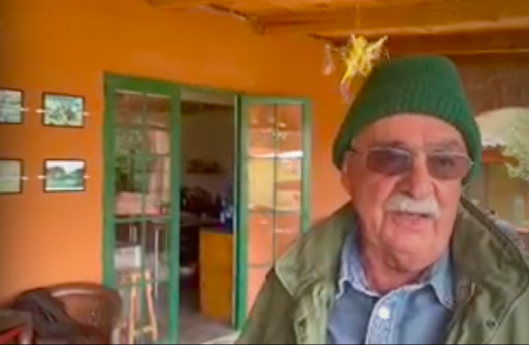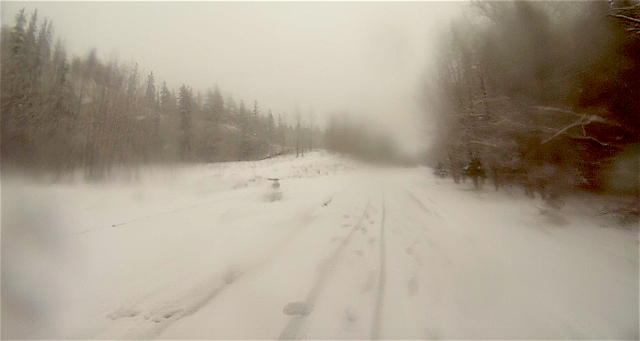Three Things from Edmonton podcast -- episode 89: the oilers, blue...indigo...violet, art
Happy end of the week, y’all! Once a week, I try to notice three things that made me happy or grateful, as a way to remember to notice things that make me happy or grateful. This week, under the spell of México:
1. The oilers
We are back from the carnival that is México, a country where the virgin is still a topic of passionate conversation.
“So to cook eggs with extra virgin olive oil: cold frying pan. Cold extra virgin olive oil. Put your eggs on it. Set it on your stove. Set it at the lowest setting. Walk around. Make your coffee. Five to ten minutes later, your eggs will be done perfectly. Your oil will not smoke. And you will have great tasting eggs and great tasting olive oil.”
That was Victor Gutierrez, the patron at the Finca Luna Serena olive oil farm (and pickleball courts) outside San Miguel de Allende, where Shelagh booked us a visit, lunch and olive oil tasting.
The holiday was not without a dark spell for me.
The cab ride up and out and around and up and around and out of Guanajuato was difficult. The ride to Valle de Bravo was tougher. The nausea, along with a stomach bug, left me in bed for a couple of days. I felt more entombed than in bed. Half asleep, I had strange, kaleidoscopic dreams and visions. Half awake, I faintly heard the angry dogs barking outside, saws from a woodshop tearing through lumber, a rooster crowing at all hours of the day. I listened on repeat to Lyle Lovett’s song Road to Ensenada—and felt I understood it. When the song’s pilgrim says "adios to Alvero" it isn’t adios in the sense of goodbye or see ya later, but adios in the original sense of I commend you to God. The song takes place in the underworld. Whoa! Everyone except the woman who does not visit him is dead. The duality of existence, its life and death, finds artistic shape in the way the singer repeatedly repeats a line, inviting the listener to read deeper or ironic or contradictory meanings. "I’ll see you at last" the first time means I’ll finally lay eyes on you. But why repeat that line "I’ll see you at last" unless to suggest sight in the sense of knowledge, like in Paul’s Letter to the Corinthians, the King James Version, the one Shelagh has always preferred, that has it that now we see only as through a glass, darkly? That Gabriella girl in the song is, corrected for gender, the archangel Gabriel, the patron saint of all those who carry messages, whether by post, or as communicators or journalists. Lovett got a degree in journalism from Texas A&M University. In my feverish state, it all made complete sense, in a trapped-inside-my-head, making-complete-sense-in-México way, before I drifted off again. That was Valle de Bravo.
3. Art
I found myself in the presence of stirring art in México. The two Escher lithographs at La Aurora in San Miguel. The letter Ts by Vincente Rojo in the Museum of Modern Art. The octopus starter at La Parada.











Comments
Post a Comment